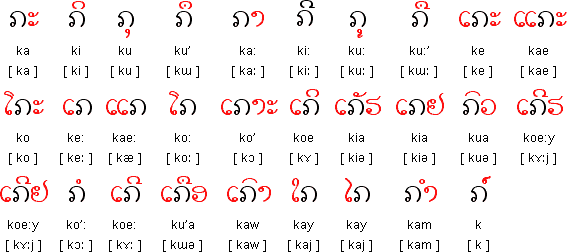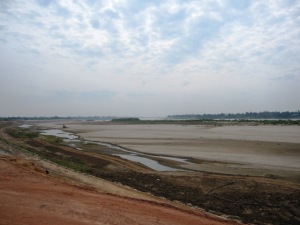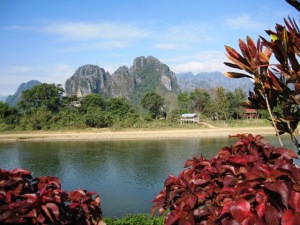A colleague of mine asked me this morning to list 10 things that have surprised me here in these first three weeks. I got a feeling this came in response to my increasing frustration in the office earlier this week, when I started feeling the strain and incompatibility of my personal efficiency standards and realities of the local working environment. But instead of an idealistic rant I thought there might be something to my colleague’s suggestion – and below are the first ten things that came to mind.
1. Food in restaurants comes quickly. Sometimes you may not get what you ordered (often as a result of language issues) or your first choice may not be available, but it is rare that you must go on hungry for very long.
2. Beer is usually drunk with ice. Strange, when you see it happening around you. Suspicious, when you try it yourself for the first time. And probably very soon oh so normal, as the weather gets warmer and the only way to keep a glass of beer cold is to add some ice. There’s of course the minor threat that your beer will be diluted, but that just means you should keep up your pace. Luckily Beerlao tastes very good and comes quite cheap with 8,000 – 15,000 kip (0,8-1,5 euros) for a large bottle.
3. My immigration paperwork went through amazingly quickly. Normally you hear stories about people who waited for months for their residence permits and long-term visas and who had to pop outside to Thailand once a month only to renew their visas, but I got mine in less than two weeks. Only this is somewhat inaccurate, as I did not need to lift a finger for any of this to happen. With the simple production of my passport and two photos it was all taken care of for me.
4. Coconut can taste good. And I’m not getting allergic reactions from it. Fresh coconut is clearly a different ballgame from the canned, dried and additive-saturated junk that we get back home.
5. Per diems are very, very important. They have a major impact on budgeting and they have the power to make or break the success of meetings. Thus they appear in daily conversations in the office and from time to time cause a lot of problems.
6. It is possible to be in bed by 11pm and wake up without an alarm before 6.30am. Especially the latter has been a great source of surprise for someone who just a month ago had trouble getting both eyes open before lunch. Credit goes to the flock of birds that starts singing right outside my bedroom window at the break of dawn.
7. There is an official letter for every imaginable purpose. They come with signatures, document codes and multiple stamps in bright colours. Unfortunately this seeming affection to organisation and archiving in written documentation does not extend to oral communications. Recording minutes of meetings is hardly established practice, and judging by the nature of meetings this is probably so due to the general chaos of parallel discussions and arguments that appears to take over most meetings.
8. The local people are extremely capable of multitasking when it comes to driving motorbikes. This could mean holding an umbrella, writing an sms or putting on lip gloss in full speed on the crowded roads. Consequent implications for traffic safety are, however, unlikely to surprise anyone.
9. Life without continuous snacking is possible. I eat breakfast at 7am, lunch at noon and dinner at some point in the evening. In addition I may have 1-2 cups of coffee or tea during the day and an afternoon snack if dinner will be late but that’s it.
10. Positive thinking is really powerful. More powerful than I thought, or maybe I’m just surprised it’s actually working on me. I may be facing a real opportunity to learn to think more positively in this country…








